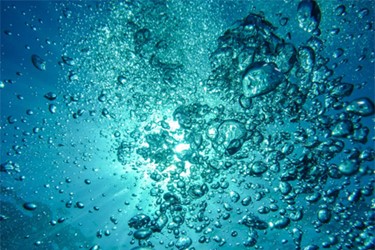How Can We Start The Journey To Smart Water Networks?
By Michael Strahand, ATi

In the developed world, potable water is delivered to people via a complex infrastructure consisting of water catchment, water treatment, water storage (reservoirs, towers), and water distribution (pipes). The first two elements are well understood; what is less understood is what happens to water as it journeys to the tap. A potable water distribution system is a living organism — pipes are lined with biofilms and inorganic matter that react with the water on its way to the customers. The pipes pass through soil, under rivers, through cement; any small fissures or holes can lead to ingress and a further deterioration in water quality.
Today, most water companies react after the event to these changes in water quality. The “sensors” are often customers. This is too late. It’s not good enough to have manual water samples taken once every month or so. This operating regime does not make it possible to even think about real-time control of distribution networks to maximize water quality, improve resilience, and reduce operating costs.
We need to get a better “close to real time” understanding of our distribution networks so that we can manage them, predict events, and better control the system. We need to get SMART.
We are at the beginning of a journey that will allow us to answer these questions. The journey towards smart water networks has begun. Some water companies are already several steps along the flightpath.
At a recent Innovation Sprint event, the single biggest blocker to the uptake of smart water was identified as culture and the difficulty in getting all stakeholders to engage and collaborate. It was taken as read that technology is not an issue. The Internet of Things (IoT), small and power-efficient water quality monitors, cloud-based platforms for data analysis, artificial intelligence (AI), machine learning — all the technologies are there, now.
No single provider can produce the sensors needed to measure the data, the data transfer systems (Global System for Mobile Communications [GSM], Narrowband IoT [NB-IoT]) needed to move the data, the Internet Protocol needed to analyze that data and deliver actions, and the manpower and know-how needed to install and maintain the sensor and data collection infrastructure. No single water company will learn all the lessons needed on their own.
Collaborations with technology provider groupings based on meritocracy and involving supply chain competitors will have to be formed to maximize the rate and scale of success. End users and water companies will need to have a paradigm shift and share lessons learned. The real innovation is in this area, not the technology.
The opportunity to start working towards SMART is here, now.
Technology is ready. Are you?
